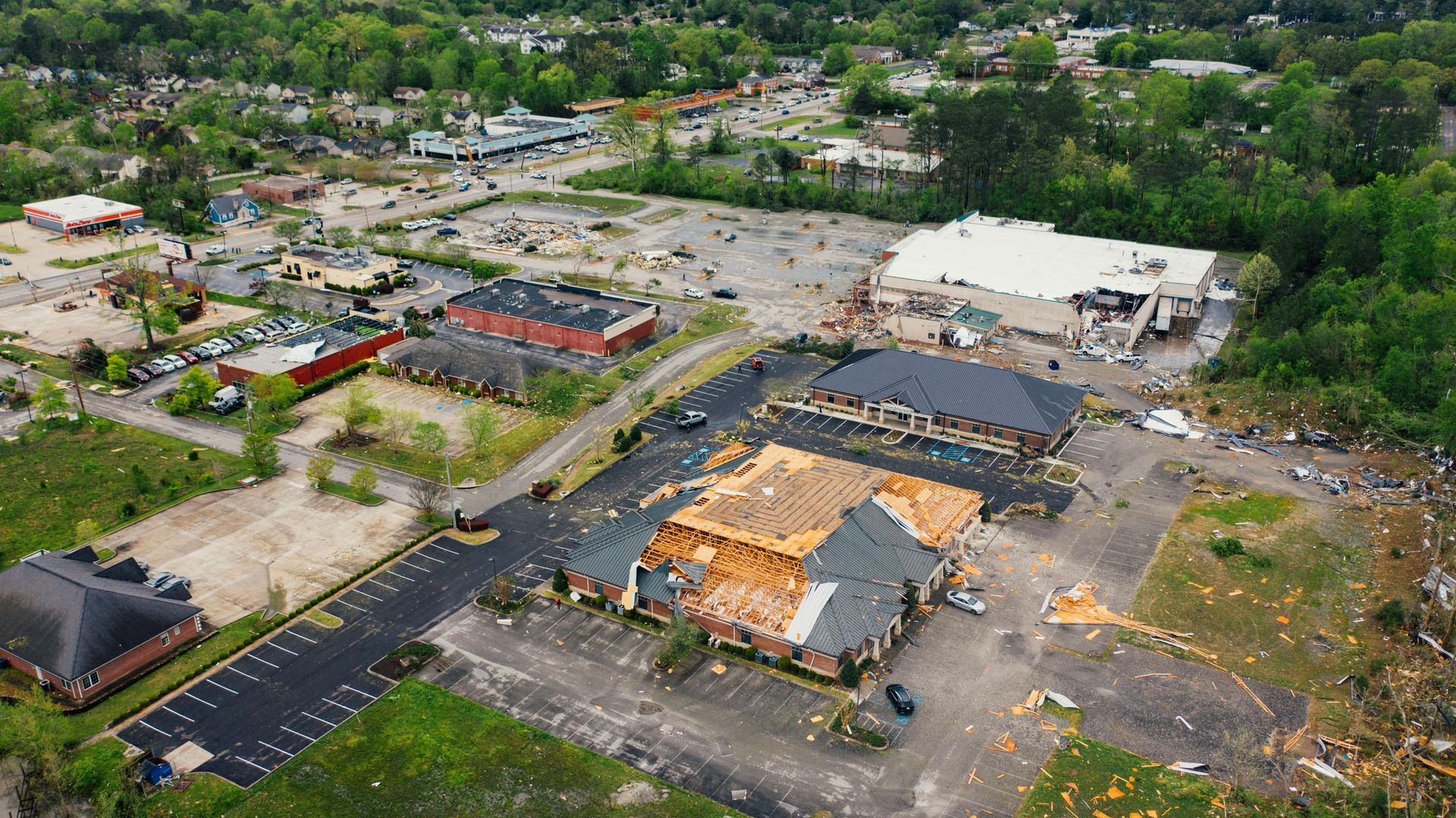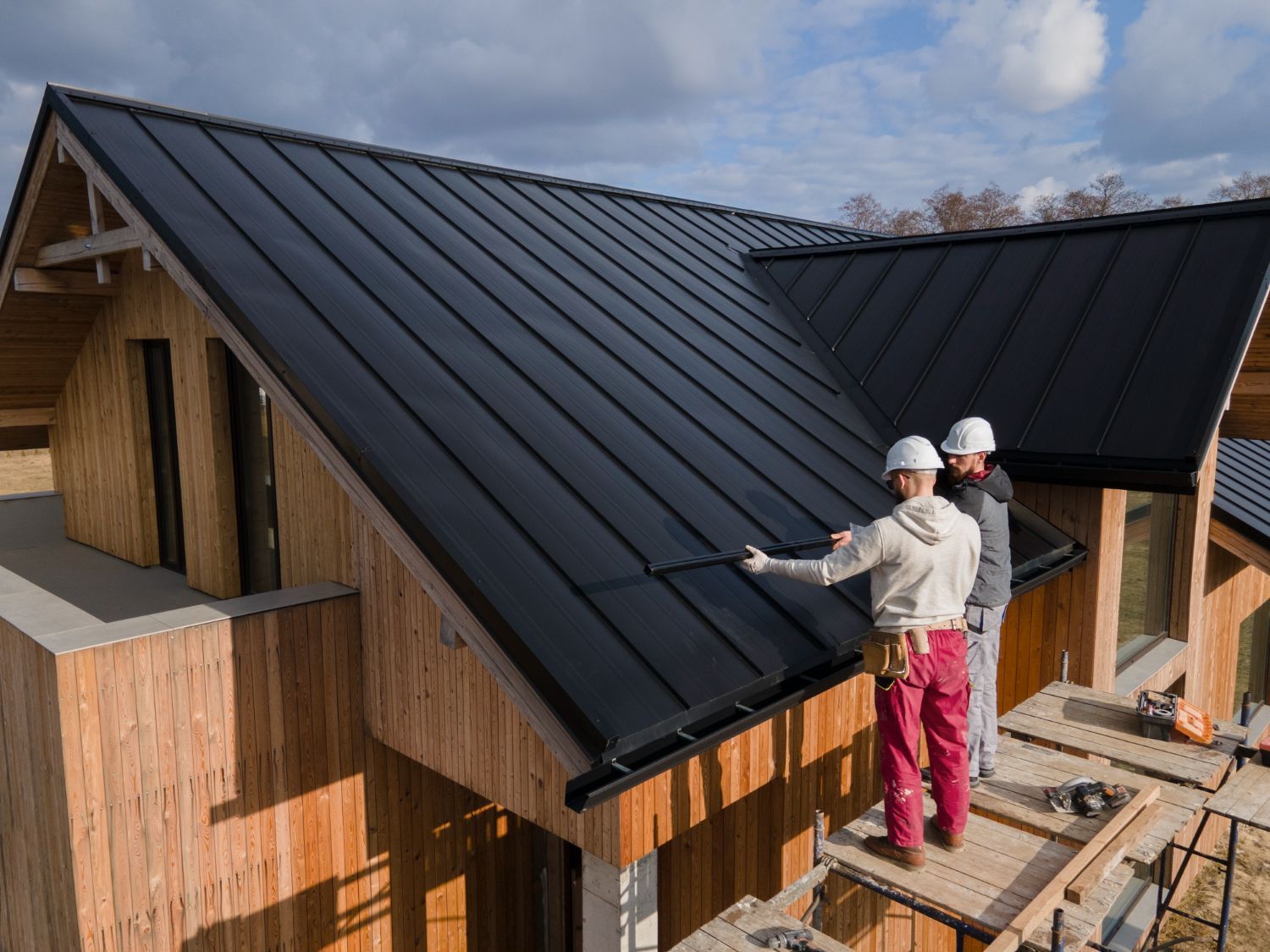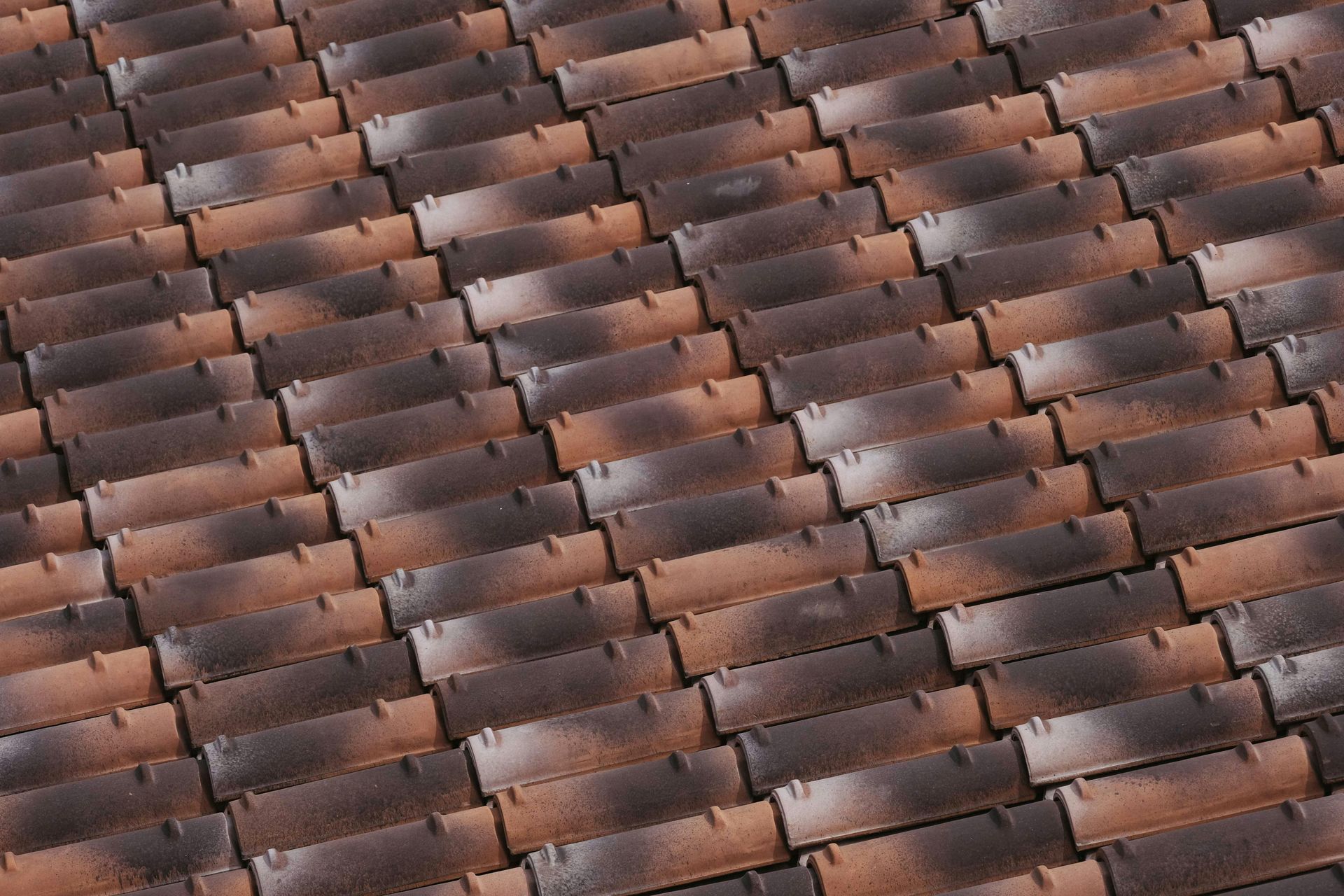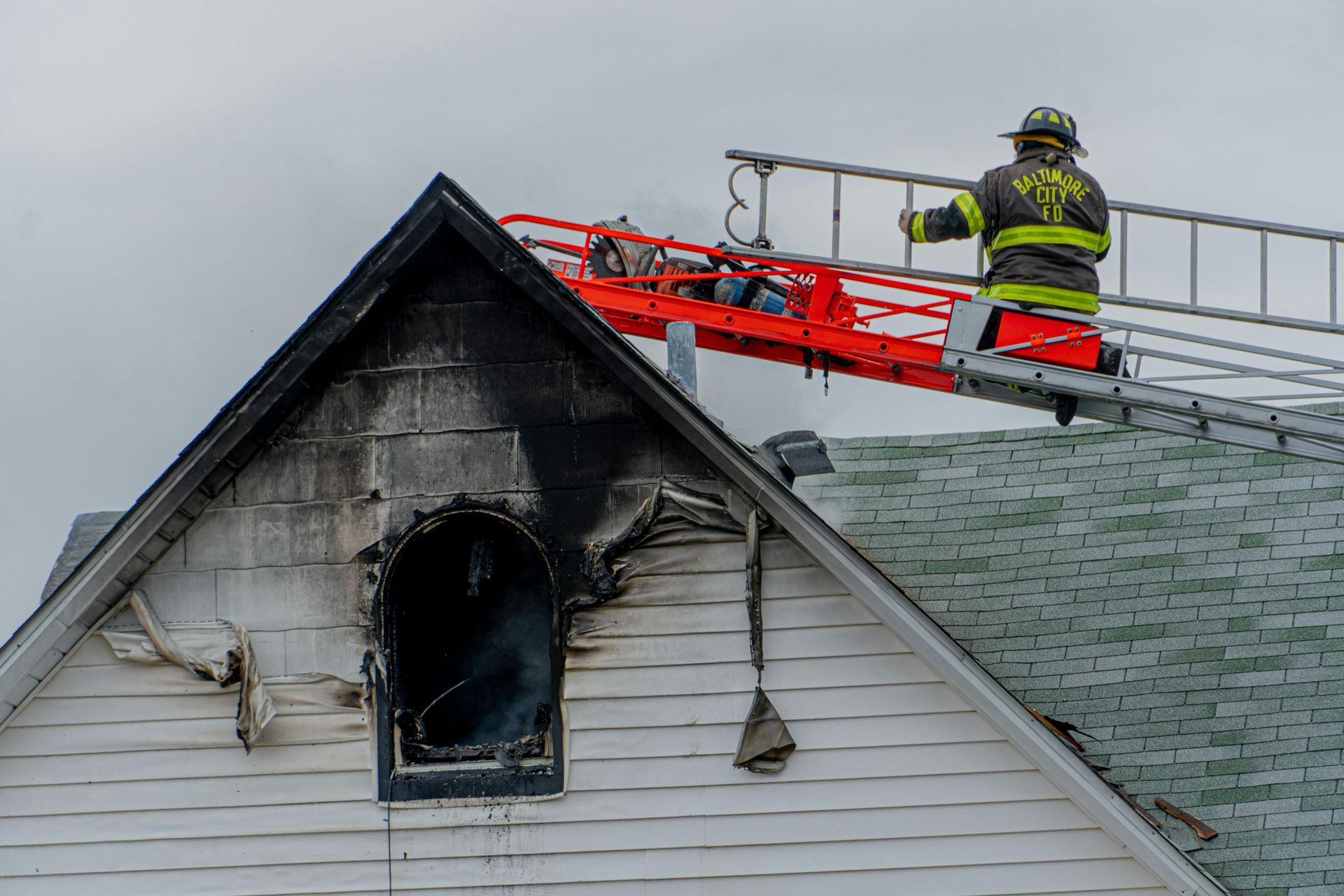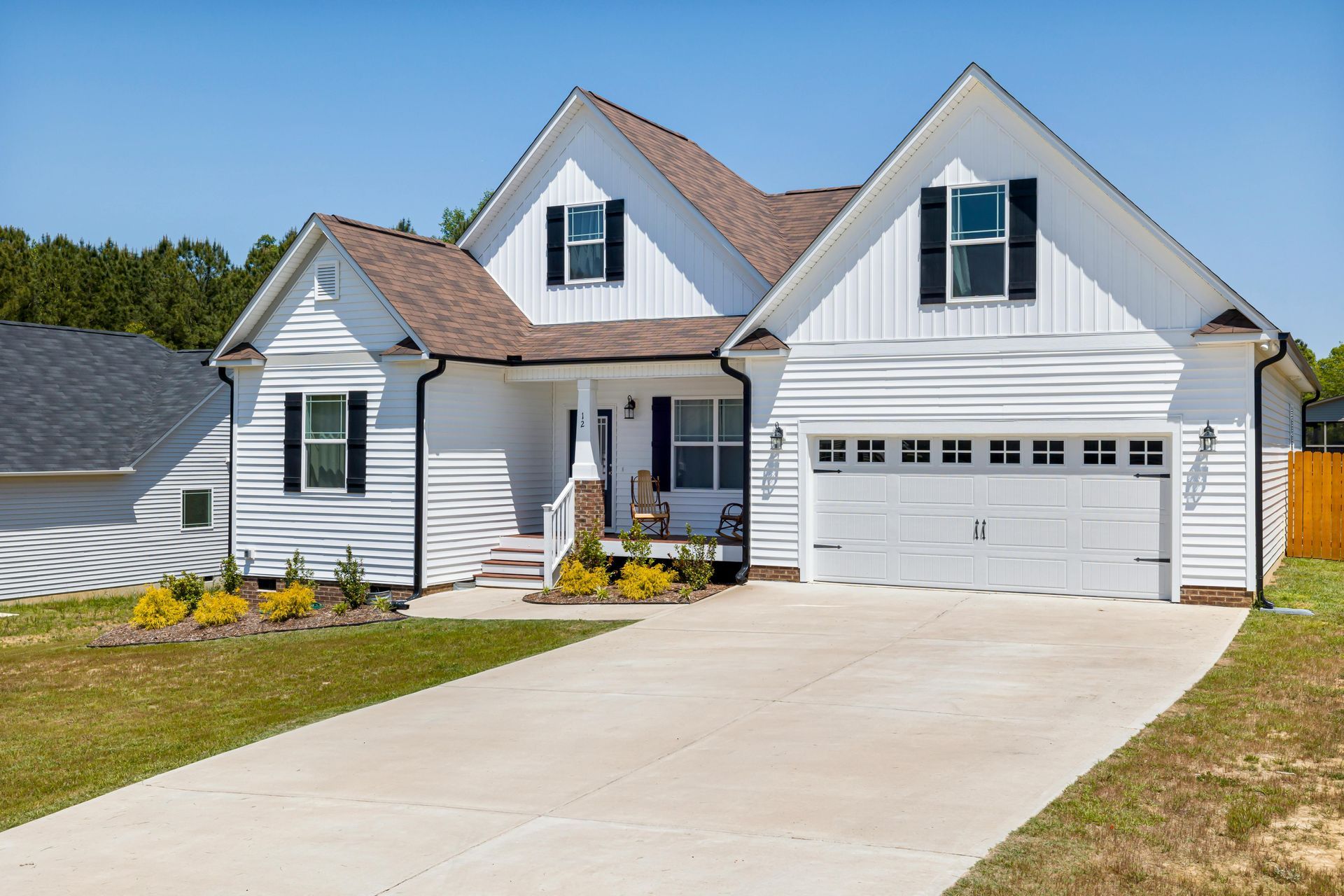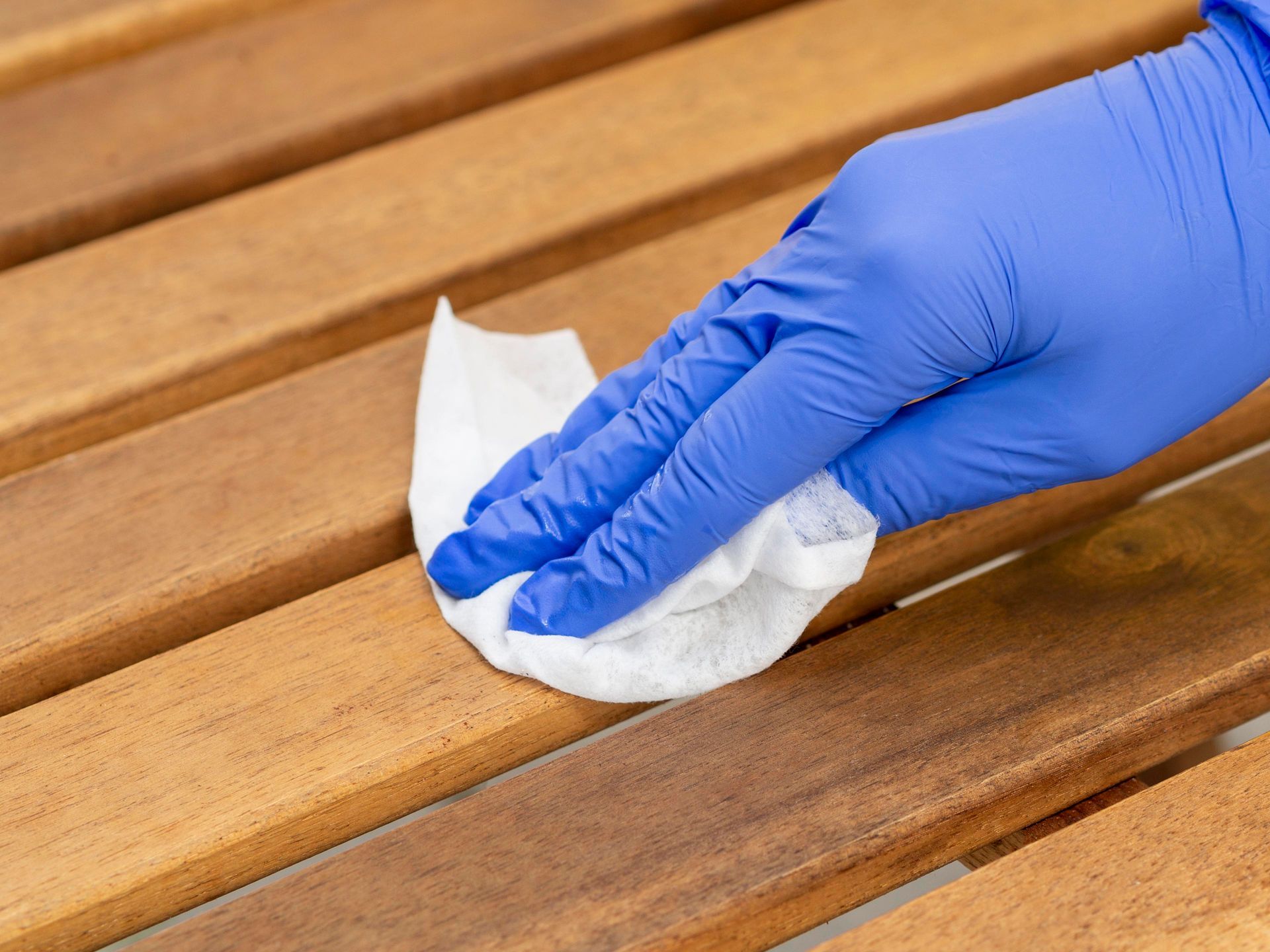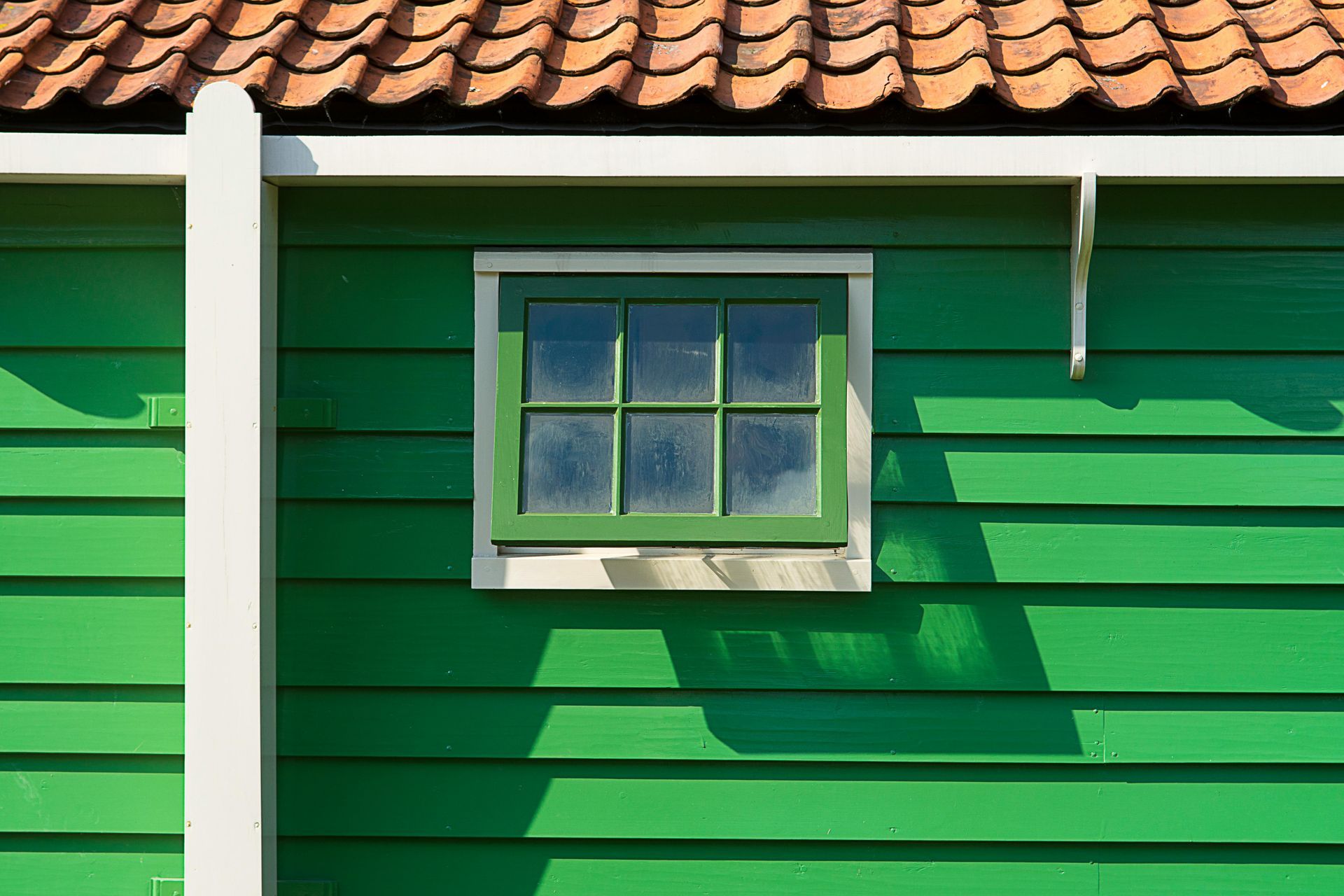How to Replace Siding on a House: A Step-by-Step Guide
Siding doesn’t just give your home a finished look—it’s a crucial layer of protection against the elements. If your siding is warped, cracked, or letting in moisture, it’s time to think about replacing it. While some homeowners tackle this as a DIY siding project, the process requires careful planning to avoid costly mistakes.
So, how do you replace siding on a house? In simple terms, you’ll remove the old siding, inspect for damage, install house wrap, and then secure new panels, making sure everything is weather-tight. But there’s a bit more to it than that, and that’s exactly what we’re going to cover.
Signs Your Siding Needs to Be Replaced
Siding takes a beating from rain, wind, and extreme temperatures, so it’s not surprising that it wears down over time. But how do you know when it’s time for a full replacement instead of a minor repair?
- Cracks, Warping, or Peeling Paint – If the siding looks damaged or feels soft, it’s likely past its prime.
- Water Stains or Mold Growth – Any moisture getting trapped behind the panels can lead to bigger structural problems.
- High Energy Bills – Old or damaged siding doesn’t insulate well, which can cause heating and cooling costs to spike.
- Loose or Missing Panels – If pieces of your siding are coming off, it leaves your home vulnerable to the elements.
If you notice any of these issues, replacing your siding sooner rather than later can prevent further damage and save you money on future repairs.
What You’ll Need to Replace Siding
Before you start, make sure you have the right tools and materials to get the job done.
Tools:
- Pry bar
- Hammer
- Utility knife
- Measuring tape
- Level
- Circular saw or siding cutter
Safety Gear:
- Work gloves
- Safety glasses
- Respirator mask (to avoid inhaling dust)
Choosing the Right Siding Material
Not all siding is created equal, so you’ll want to pick the best option for your home.
- Vinyl Siding: Affordable, durable, and low maintenance
- Wood Siding: Classic look but requires regular upkeep
- Fiber Cement Siding: Fire-resistant and long-lasting
- Aluminum Siding: Lightweight and rust-resistant
- Composite Siding: Engineered for durability and aesthetics
For homeowners in Central Ohio, durable options like
fiber cement or vinyl siding provide excellent protection against the region’s changing weather.

How to Replace Siding on a House: Step-by-Step
Step 1: Get the Area Ready
Start by clearing the work area. Move any patio furniture, garden decorations, or plants that might get in the way. If your home has shutters, downspouts, or exterior trim, remove them so you have full access to the siding.
Step 2: Take Off the Old Siding
Using a pry bar, carefully remove each panel, working from the top down. Be gentle—yanking on old siding can cause damage to the structure underneath. Once removed, check the sheathing for any water damage or rot. If you find any, repair it before moving forward.
Step 3: Install House Wrap and Flashing
Think of house wrap as your home’s invisible raincoat—it keeps moisture from seeping into the walls. Secure it with staples, making sure there are no gaps or wrinkles. Add flashing around windows, doors, and corners to create a watertight seal.
Step 4: Cut and Install the New Siding
- Measure and cut each panel precisely to fit.
- Start from the bottom of the wall and work up.
- Nail or screw the panels in place, leaving just enough room for expansion—too tight, and the siding could warp.
Step 5: Add the Finishing Touches
Once all the panels are in place:
- Seal the edges with exterior caulk to keep moisture out.
- If using wood siding, apply paint or sealant for protection.
- Step back and check for misalignments or gaps before calling it done.
DIY vs. Hiring a Professional
While plenty of homeowners try to replace siding themselves, it’s not always as simple as it looks. Common DIY mistakes include:
- Skipping the house wrap – This can lead to moisture buildup and mold.
- Misaligning panels – Gaps can let in drafts and pests.
- Nailing too tightly – Siding needs room to expand and contract with temperature changes.
For a long-lasting, professional finish, hiring aPickerington siding contractor is often the best move. A pro will get the job done right the first time, saving you time and frustration.
Frequently Asked Questions
What is the easiest way to replace siding?
The simplest approach is to hire a professional who has the tools and experience to remove the old siding, install house wrap, and secure the new panels efficiently.
Can I install new siding over old siding?
Sometimes, but it depends on the condition of the existing siding. If there’s any rot, mold, or warping, it’s best to remove it and start fresh.
How long does siding replacement take?
For a professional team, 3 to 7 days is typical. A DIY project may take longer depending on experience level and weather conditions.
What’s the best siding for Ohio homes?
Vinyl siding andfiber cement siding are durable, weather-resistant, and cost-effective, making them excellent choices for Central Ohio.
Need Expert Help Replacing Siding on Your Home?
Replacing siding is a big job, and it’s important to get it right. Whether you’re upgrading to a more durable material or fixing storm damage, professional installation ensures your home stays protected and looking great for years to come.
At Price Brothers Restoration, we specialize in siding replacement and storm damage repair in Central Ohio. We use high-quality materials and expert craftsmanship to ensure a seamless, long-lasting finish.
Call us today to schedule a consultation and get a free quote on your siding replacement!


